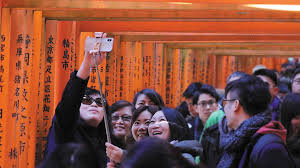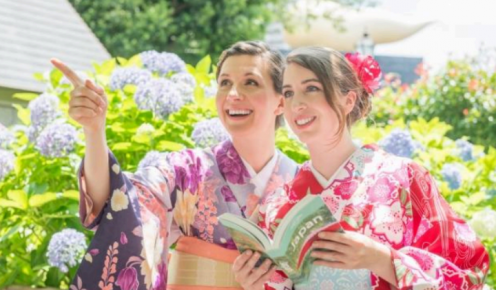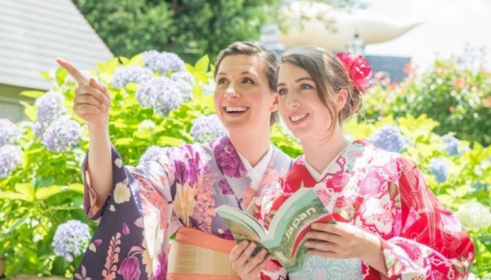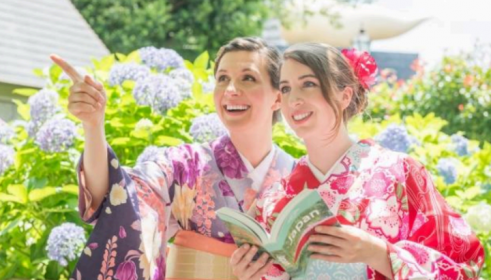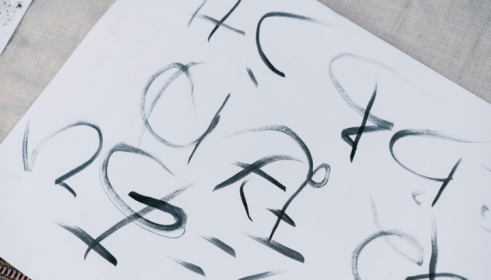Japanese music is very popular throughout the world. Its unique melodies and lyrics captivate listeners from all over the world. In this article we will try to understand a basic overview of how Japanese language and music combines to create melodious pieces of music, the evolution Japanese music and some vocabulary often used in Japanese songwriting.
Introduction:
Japanese music is very diverse in its genres. It is composed of a wide range of traditional and modern music styles. Traditional Japanese music is quite different from modern Japanese music. When someone asks you about Japanese music, you may think about melodious J-pop songs, powerful anime soundtracks and exciting video game songs in your mind. But Japanese music is comprised of some other traditional genres as well. Traditional music of Japan includes many forms such as folk music, court music, Japanese instrumental music and theatre music. Also, traditional Japanese music plays a key role in influencing contemporary music in many ways.
Traditional Japanese music:
Traditional Japanese music has a long history and many changes have occurred over time. Japan took inspirations from China for its music when Buddhism became popular but it eventually improvised as per the needs of Japanese people and language. A brief introduction to traditional Japanese music is given below:
- Japanese Folk Music:
This is a type of music which was mostly sung when performing Shinto rituals and ceremonies. Sometimes accompanied by dances these songs were mostly for religious purposes.
- Court Music:

It is called Gagaku in Japanese, and literally means “elegant music”. It is an orchestral imperial court music. It is placed on the list of ‘Intangible Cultural Heritage’ by UNESCO in 2009.
- Theatre Music:
It is a type of music played in the theatre performances of Noh and Kabuki. Noh and Kabuki are well known traditional Japanese theatre arts.
- Japanese Instrumental Music:
Music performed using traditional Japanese instruments are classified as Japanese instrument music. The three main types of Japanese instrumental music are 1.) Shamisen (guitar like instrument with three strings), 2.) Shakuhachi (flute like instrument with five holes and made from bamboo), and 3.) Koto (a zither like instrument with 13 strings).
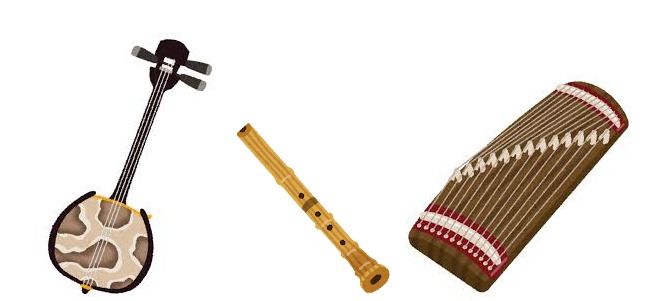
Illustration 1: Shamisen Illustration 2: Shakuhachi Illustration 3: Koto
Modern Japanese Music:

With the introduction of western ideas and cultures in the Japanese society after Meiji Restoration, Japanese music also evolved. From Enka ballads to J pop and rock music, it has evolved and changed over the years. These days anime music and video game music are also on the rise in popularity among listeners all around the world.
Musical Terminology:
In addition to their beautiful lyrics, Japanese music is filled with many unique musical theory terms, these concepts give authenticity and a unique charm to the Japanese music. One of such concepts is the concept of “ma”, a very popular concept used by Japanese musicians. The concept of ma emphasizes the importance of silence between. This silence is an active silence carefully incorporated by the composers to create a sense of pause, meditative quality and nostalgia to the music piece.

The Beauty of Japanese Lyrics:
In most cases lyrics play an important role in providing a meaning to a piece of music. Japanese musicians use Japanese language very precisely and beautifully to convey their thoughts and feelings to the listeners, it’s like painting a blank canvas and creating a beautiful picture. Lyrics helps the listener connect deeply with the song and appreciate the meaning of the song.
For language learner I have provided some common words you may encounter while listening to a Japanese song.
- Koi (恋): koi represents romantic love or passion one has for someone.

2. Yume (夢): Yume represents dreams, hopes and aspirations.

3. Ai (愛): Ai symbolizes true love or pure love. A very popular concept used in songwriting.

4. Hikari (光): Hikari means light and its used in Japanese songs in the context of finding light in the darkness or finding positivity in the negative situations.
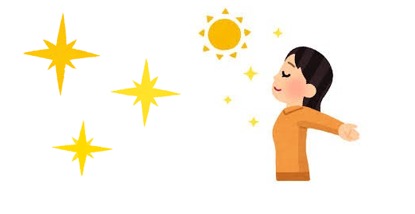
5. Natsu (夏): Natsu means summer and is often used in songs as a symbol of fun time, sunny days, warmth etc.

6. Sakura (桜): Sakura meaning cherry blossoms is often used in Japanese lyrics to represents beauty and passing of time.
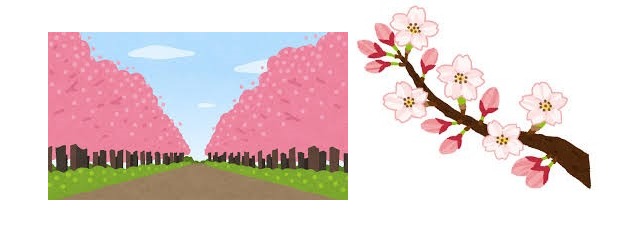
7. Michi (道): Michi means a path or journey and is used to convey the message of traveling to find/acquire some goals such as light, love or success.

8. Tsuki (月): Tsuki means moon in Japanese and is often used to for creating a feeling of introspection, meditation and romance in songs. It is also used as synonym of ethereal beauty.

9. Kaze (風): Kaze means wind and gives a message of passing of events and time and changing nature.
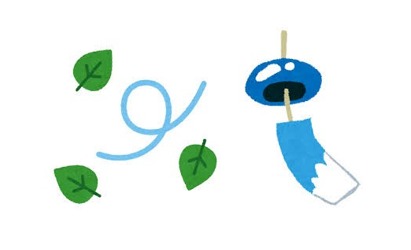
10. Hana (花): Hana means flower and is often used in songs to represents beauty, softness, youth, renewal of life etc.
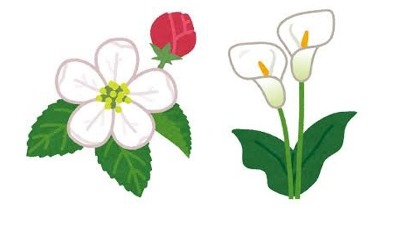
11. Umi (海): Umi means sea or ocean. It is usually used in songs to represent length of time, vastness of journey, adventure, a sense of natural beauty etc.

Conclusion:
So now we have a brief idea about the music scene in Japan. From folk songs to songs sung by VTuber (virtual Youtubers) Japanese music has evolved and shaped with the changing society and culture.
Thank you for reading!
For learn more about Japan and Japanese language, checkout our YouTube channel Nihongomax and our website Nihongomax .



